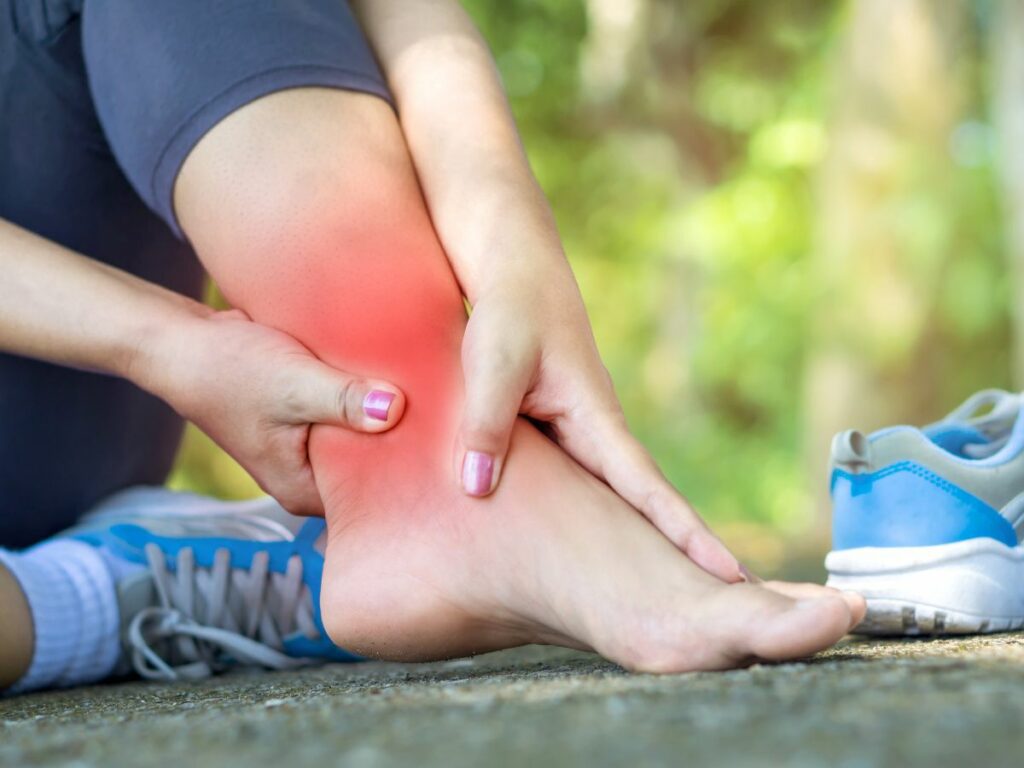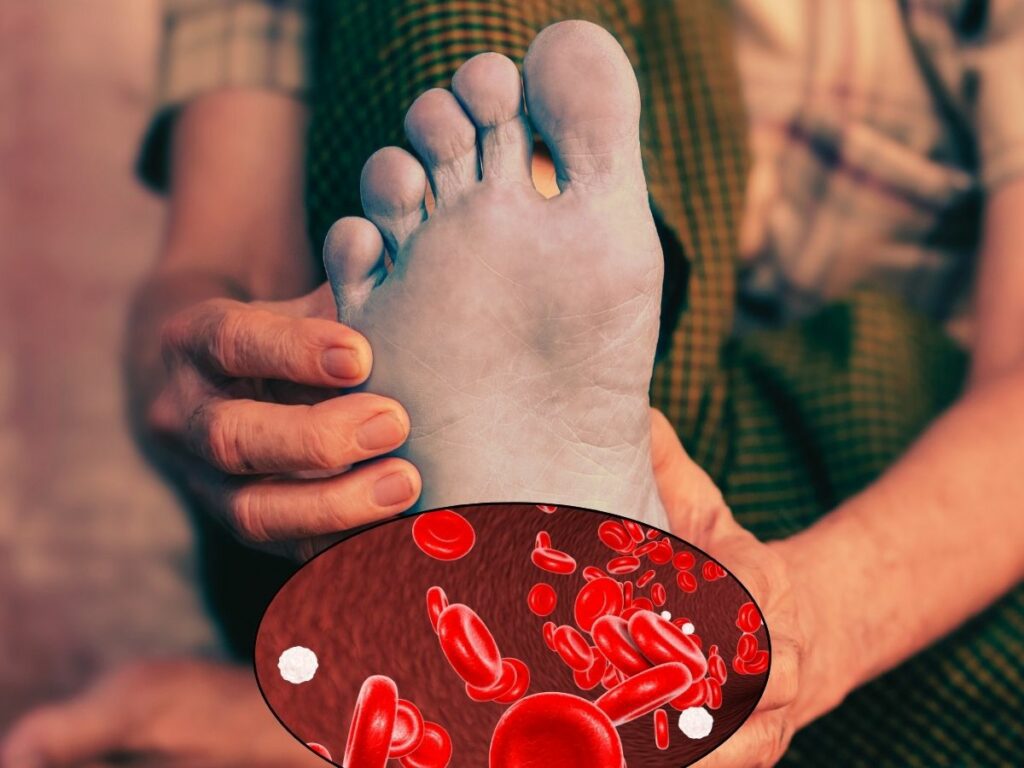
Date: February 27, 2024
Leg cramps, commonly referred to as muscle spasms are abrupt and often agonizing occurrences that catch individuals off guard, leaving them in search of immediate relief. While generally harmless, comprehending the causes and symptoms of leg cramps is crucial for effectively managing and preventing their onset.
In this article, we will explore the various factors contributing to leg cramps, ranging from dehydration to underlying health conditions, and identify the telltale signs that indicate a leg cramp is imminent. Additionally, we will discuss strategies for managing and preventing leg cramps, empowering individuals to take proactive measures to alleviate discomfort and improve their overall well-being.
Causes of Leg Cramps
Leg cramps, characterized by sudden and involuntary muscle contractions, can be attributed to various factors. Understanding these causes is essential for effectively managing and preventing leg cramps. Here are the common reasons behind the occurrence of leg cramps:

- Dehydration
Insufficient fluid intake can lead to dehydration, causing electrolyte imbalances in the body. This imbalance, particularly in potassium, magnesium, and calcium levels, can trigger muscle cramps, including those in the legs.

- Electrolyte Imbalance
Inadequate levels of essential minerals like potassium, magnesium, and calcium in the body can disrupt muscle function, increasing the likelihood of leg cramps. Electrolyte imbalances may result from factors such as excessive sweating, poor diet, or certain medical conditions.
- Overexertion
Engaging in intense physical activity or exercising without proper warm-up and stretching can strain the muscles, leading to fatigue and susceptibility to cramps. Overexertion can occur during sports, workouts, or repetitive movements in daily activities.

- Poor Blood Circulation
Conditions that impede blood flow to the legs, such as peripheral artery disease (PAD) or sitting in a cramped position for extended periods, can cause muscle cramps. Reduced blood circulation deprives muscles of oxygen and nutrients, leading to cramping.

- Muscle Fatigue
Prolonged or repetitive use of muscles, especially without adequate rest, can result in fatigue and increased susceptibility to cramps. Muscle fatigue may occur due to prolonged standing, walking, or physical labor.
CLICK HERE, to continue reading
Stay informed with MS news and information - Sign-up here
For MS patients, caregivers or clinicians, Care to chat about MS? Join Our online COMMUNITY CHAT



